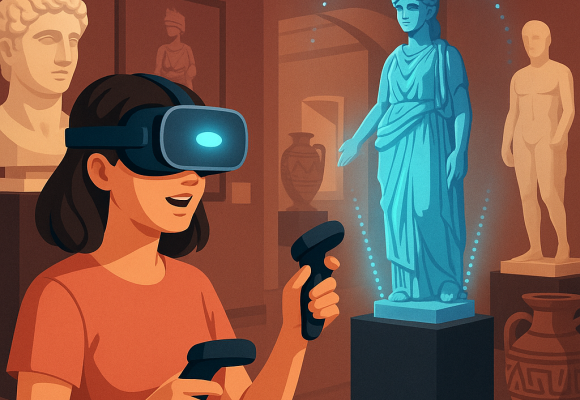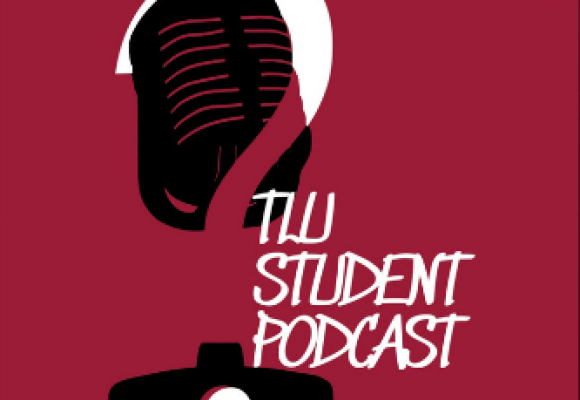Active learning on the Internet: Creating a wiki for more engaged online teaching
The aim of the project
The aim of the project is to create a resource that would support educators in implementing active learning methods when conducting their classes online or in a hybrid format. The resource would provide an outline of popular active learning approaches, discuss their benefits and limitations, explain how they can be used in virtual settings (e.g., integrated with Moodle or carried out via Zoom), and offer tips on how to use them effectively.
There are several existing web pages that discuss active learning in online spaces, but these tend to either focus on specific platforms or only provide a cursory outline of a selection of a techniques. As such, there is value to creating a resource that would be broader in scope and offer sufficient depth for instructors to be able to actually start using the approaches it introduces.
A major challenge in any project is that project outcomes are often overlooked by prospective users and become unsustainable after the project ends (Greenhalgh & Abimbola 2019). In other words, few people notice that the project even exists and there is no one to maintain it afterwards. The way this project will mitigate these challenges is by using an existing platform with a sizeable user base: Wikiversity, a learning community operated by the Wikimedia Foundation. This will mean that the project’s results will stay online after its completion and can be both accessed and further developed by members of the community.



